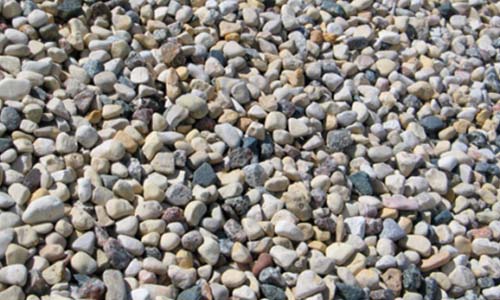Proper drainage is a critical aspect of landscaping and gardening that often goes unnoticed until problems arise. Inadequate drainage can lead to a plethora of issues, from soil erosion and waterlogged plants to foundational damage to structures. This article explores the essential role of proper drainage and how gravel solutions can effectively mitigate these issues.
Understanding Drainage in Landscaping
Effective drainage in landscaping is vital for maintaining the health and stability of both residential and commercial properties. Common drainage problems include pooling water, runoff causing erosion, and water seeping into basements or crawl spaces. These issues not only affect the aesthetic appeal of a landscape but can also lead to significant structural damage over time.
The Basics of Drainage Systems
Drainage systems, such as French drains, dry wells, and graded slopes, are designed to manage excess water. A French drain involves a trench filled with gravel and a perforated pipe to divert water away from areas where it can cause harm. Dry wells allow water to slowly percolate back into the soil, while slope drainage uses gravity to direct water flow.
Role of Gravel in Drainage Solutions
Gravel is a key component in many drainage systems. Its porous nature allows water to flow through it easily, making it ideal for use in French drains, dry wells, and as a top layer on graded slopes. The size and type of gravel used can significantly affect the efficiency of the drainage system.
Types of Gravel for Drainage
There are various types of gravel suitable for drainage, including pea gravel, crushed stone, and river rock. Pea gravel, with its small, smooth stones, is excellent for French drains and garden paths. Crushed stone, with its more angular shape, is ideal for areas requiring more substantial drainage solutions. River rock, known for its aesthetic appeal, can be used in visible drainage areas.
Designing a Gravel Drainage System
Designing an effective gravel-based drainage system requires understanding your landscape’s specific needs. Consider soil type, terrain, and the typical water flow during heavy rains. A well-designed system will effectively channel water away from problem areas without causing additional issues.
Installation Tips for Gravel Drainage Systems
When installing a gravel drainage system, it’s essential to consider depth, placement, and the grade of the area. Proper installation ensures that water is efficiently redirected without causing erosion or other problems. Regular maintenance, such as clearing debris from the gravel, is also crucial for long-term effectiveness.
Integrating Gravel Drainage into Landscaping
Gravel drainage solutions can be aesthetically incorporated into landscape designs. For example, a French drain can double as a dry creek bed in a garden, blending functionality with visual appeal. Creative placement and choice of gravel type can enhance the overall look of the garden while serving a practical purpose.
Preventive Measures and Maintenance
Preventive measures, such as regular inspections and cleaning of drainage areas, can help avoid major drainage problems. Maintaining your gravel drainage system, including checking for clogs and ensuring the gravel remains porous, is vital for its continued effectiveness.
Conclusion
Understanding the importance of proper drainage and implementing effective gravel solutions can significantly impact the health and appearance of your landscape. By addressing drainage issues proactively and creatively using gravel, you can protect your property from water damage while enhancing its overall aesthetic.
For those looking for more detailed information or specific products related to gravel drainage solutions, exploring additional resources can be beneficial. Many comprehensive guides, tutorials, and product options are available to assist in planning and implementing effective drainage systems in your landscape.
